Sarah Chalke: Real Life Health Scare Portrayed on “Grey’s Anatomy”
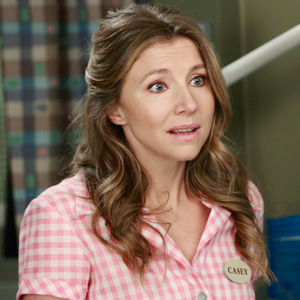
For actress Sarah Chalke, her role on last night’s Grey’s Anatomy hit very close to home.
Chalke, who is best known for her role as Dr. Elliot Reid on the hit comedy Scrubs, played Casey, a mother desperate to find out what medical illness her son has. Just so happens that Sarah had a very similar medical mystery at home.
Aout two years ago, her own 1-year-old son Charlie became very ill and was thought to have a viral infection. Chalke was not convinced and extensively researched the symptoms herself. She came to believe that her son had a rare and difficult to diagnose disease called Kawasaki Disease (KD), but had a hard time getting doctors to listen to her. As she told TVLine:
You present with all these symptoms, you get a lot of repeated misdiagnoses, you keep getting sent home [by doctors]… We had a really hard time getting him diagnosed.
And with Kawasaki Disease, there is an added wrinkle- treatment needs to be started in the first 10 days to prevent more serious complications (see below). Fortunately, although Charlie started treatment on day 10-1/2, he is fine today.
After going through this ordeal, she and fiancé Jamie Afifi wanted to figure out a way to help other families going through the same thing:
We thought, ‘What can we do to help other parents and kids not have to go through what we went through? What about an episode on a medical show?’
Thus came the Grey’s Anatomy episode. Chalke pitched the idea to Grey’s producer Shonda Rimes with the stipulation that “symptoms would be mentioned and shown so that as a parent when you’re watching, you’re able to see the symptoms and have this visual trigger.”
Besides educating the public about the symptoms of KD, Chalke also wants parents to take home this message:
Fight for your kid, don’t be scared to get a second, third, sixth opinion or go into an ER and put your foot down. That’s certainly how I felt in my experience.
Chalke also filmed a PSA aired at the end of the episode referring people to the Kawasaki Disease Foundation.
What is Kawasaki Disease?
Kawasaki disease is a rare childhood disease. It’s a form of a condition called vasculitis, meaning an inflammation of the blood vessels.
In KD, the walls of the blood vessels throughout the body become inflamed. The disease can affect any type of blood vessel in the body, including the arteries, veins, and capillaries.
Sometimes Kawasaki disease affects the coronary arteries, which carry oxygen-rich blood to the heart. As a result, some children who have Kawasaki disease may develop serious heart problems.
What Causes KD?
The cause of Kawasaki disease is unknown. The body’s response to a virus or infection combined with genetic factors may cause the disease. However, no specific virus or infection has been found, and the role of genetics isn’t known.
The disease is not contagious. You can’t get it from close contact with a child who has the disease, and a child with the disease can’t pass it to another child.
Kawasaki disease affects children of all races and ages and both genders. It occurs most often in children of Asian and Pacific Island descent. The disease is more likely to affect boys than girls. Most cases occur in children younger than 5 years old.
What Are the Signs and Symptoms of Kawasaki Disease?
Major Signs and Symptoms
One of the main symptoms during the early part of Kawasaki disease, called the acute phase, is fever. The fever lasts longer than 5 days. It remains high even after treatment with standard childhood fever medicines.
Other classic signs of the disease are:
- Swollen lymph nodes in the neck
- A rash on the mid-section of the body and in the genital area
- Red, dry, cracked lips and a red, swollen tongue
- Red, swollen palms of the hands and soles of the feet
- Redness of the eyes
Other Signs and Symptoms
- During the acute phase, your child also may be irritable and have a sore throat, joint pain, diarrhea, vomiting, and stomach pain.
- Within 2 to 3 weeks of the start of symptoms, the skin on your child’s fingers and toes may peel, sometimes in large sheets.
Without treatment, about 25% of children develop heart disease involving the coronary arteries. Inflammation in the walls of these arteries (which supply oxygen to the muscle of the heart) cause them to weaken and balloon out. These are called coronary aneurysms. Often, the disease’s effects on the coronary arteries don’t show up until the second or third week after the first symptoms appear. Treatment is most effective in preventing coronary aneurysms if given within the first 10 days of the disease.
How Is Kawasaki Disease Diagnosed?
Diagnosing Kawasaki Disease is not easy. Early on, the illness looks like a simple viral illness or perhaps strep throat. It is only as the disease progresses-i.e. the fever doesn’t go away, the rash progresses, the hands and feet look puffy, that a physician may suspect something else is going on.
To make the diagnosis a child should have a a fever that lasts longer than 5 days plus four other classic signs or symptoms of the disease.
The doctor must also rule out other diseases that cause similar symptoms. These diseases include Rocky Mountain spotted fever, scarlet fever, and juvenile rheumatoid arthritis.
Unfortunately, not all children have classic signs and symptoms of Kawasaki disease. Tests and procedures, including an echocardiogram (sound wave test of the heart), blood tests, chest x-ray and EKG may help confirm whether a child has the disease.
How Is Kawasaki Disease Treated?
Medicines are the main treatment for Kawasaki disease. Rarely, children whose coronary (heart) arteries are affected may need medical procedures or surgery.
The goals of treatment include:
- Reducing fever and inflammation to improve symptoms
- Preventing the disease from affecting the coronary arteries
Initial Treatment
Kawasaki disease can cause serious health problems. A child will likely be treated in a hospital, at least for the early part of treatment.
The standard treatment during the disease’s acute phase is high-dose aspirin and immune globulin. Immune globulin (also called gamma globulin) is a substance made from human blood plasma. The plasma, processed from donated human blood, is rich in antibodies that protect the body against diseases..
Most children who receive these treatments improve greatly within 24 hours. For a small number of children, fever remains. These children may need a second round of immune globulin.
At the start of treatment, the patient will receive high doses of aspirin. As soon as his or her fever goes away, a lower dose of aspirin is given to prevents blood clots which can form in the inflamed small arteries.
Most children treated for Kawasaki disease fully recover from the acute phase and don’t need any further treatment.
Children who have had immune globulin should wait 11 months before having the measles and chicken pox vaccines. Immune globulin can prevent those vaccines from working well.
If Kawasaki disease has affected a child’s coronary arteries, he or she will need ongoing care and treatment with a pediatric cardiologist (heart specialist for children).
Once again, a personality is using their celebrity to educate the public about an important health issue.
Thank you Sarah for making your own struggles a “teachable moment.”
For more information on Kawasaki Disease, go to the Resounding Health Casebook.



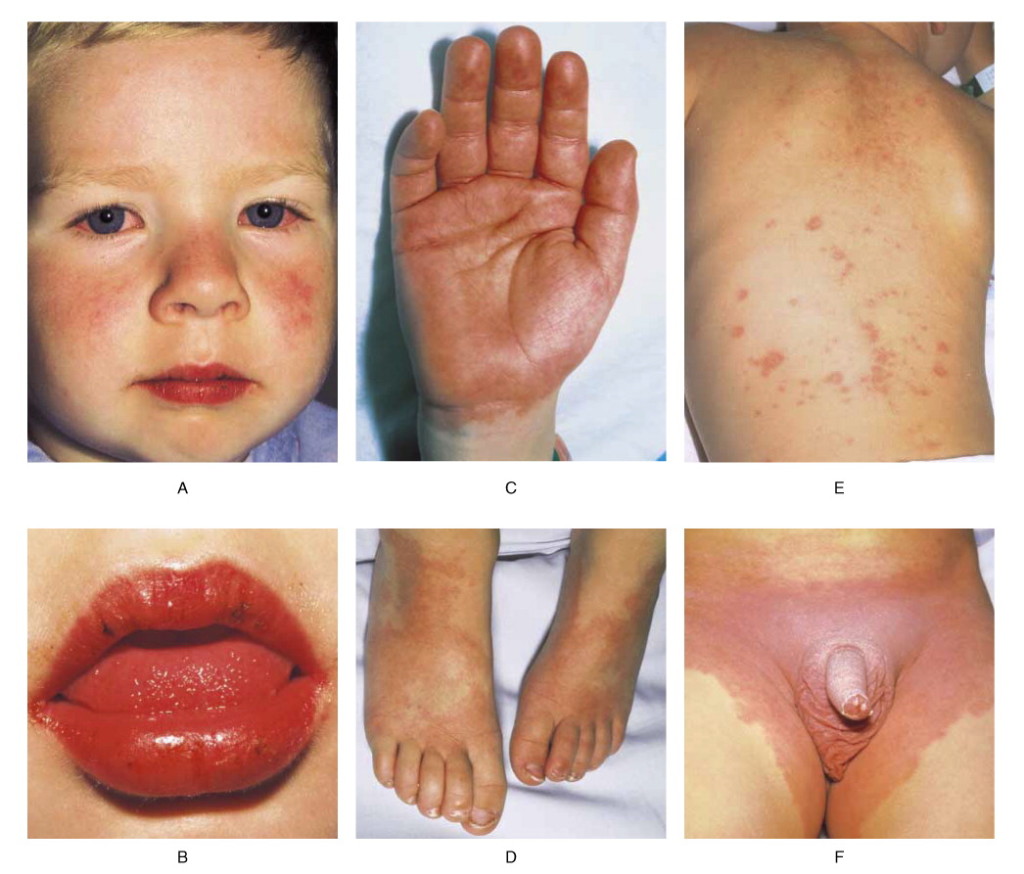




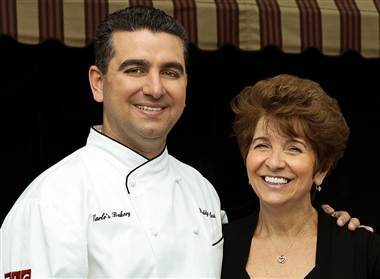








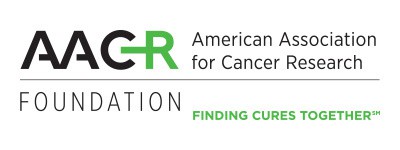

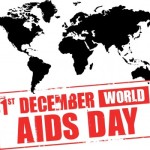
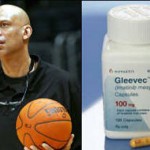







0 comments